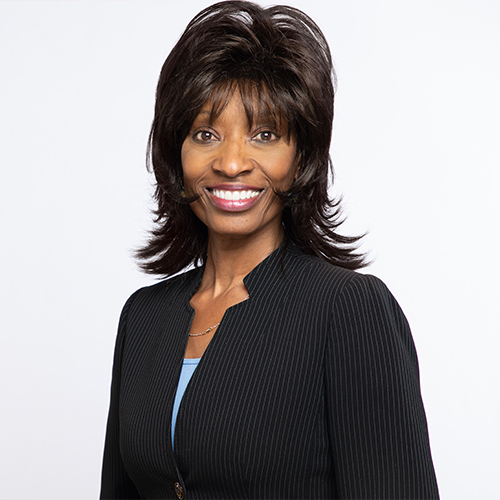In November, I achieved a personal goal of running my seventh half marathon. I had not run a long distance in a few years; and, I am admittedly a few years older. Training and preparation are very important for any long-distance challenge. With a very busy schedule, I was concerned about having enough time to train.
As I had done in the past, I established an exercise plan that I could maintain. A few months into my plan, I noticed my body started to respond relatively quickly to my exercise regimen. I continued to prepare; repeating specific exercises that increased my ability to sustain long periods of activity. My performance improved with each step of the plan.
I finished the half marathon in a few hours and the day after, I felt great. To be honest, I was actually a little surprised. I began to think, what was the key to my performance? I have been exercising for many years; and, like many, I have slacked off – missed days, eaten junk food, had bad days. Yet, I have observed every time I start exercising again, my muscles seemed to remember and adapt quickly.
In the fitness world we call that muscle memory. I bet you are wondering, what does this have to do with fundraising? As I was working out for this half marathon; I began to think about my work with clients. How I coach my clients in fund development mirrors the work we do physically in our lives. We create fundraising goals, create plans and encourage the development of new skills and strategies. Then we make time to train and practice these skills. The actions and activities we repeat over time via training, tasks and practice are helping to create fundraising muscle memory.
Establish a Goal
Challenge yourself to train and do something different. In fundraising, like in physical activity, new actions and activities feel unfamiliar. You could even say they are painful. The only way we develop these skills is by training and pushing through the pain.
Start by identifying what you would like to achieve. Establish your end goal and determine which fundraising muscles (skills) you would like to develop. This could be creating a stewardship plan, implementing a major gift program or improving donor engagement skills. Be specific and determine your desired outcomes. What might success look like? Establish your timeline to reach your goal and include opportunities to measure progress; create milestones.
Create Your Training Plan
Developing a training plan is very similar to developing an exercise plan. First, determine how many days per week you’ll do some type of training to practice your new skills. Second, set aside a time in your calendar to complete your tasks. For example, I encourage my clients to reserve time on their calendars to schedule stewardship/cultivation visits with their donors. Next, make a commitment to follow your plan and stay on track no matter the distractions.
Consistency and repetition are critical elements of success. Just like any exercise program you must prepare for obstacles. Enlist staff to help you manage your day to day duties. Provide an opportunity for staff learn and take a leadership role by delegating tasks. Also, share your plans and goals with the staff. They can help you stay focused and accountable.
Celebrate Small Wins
Celebrating your small wins will help you achieve your biggest goals. Use each milestone as an opportunity to celebrate. For example, if you scheduled 5 appointments to meet with donors, take the time to celebrate and share your achievement. Acknowledging and sharing progress will motivate you to keep going and realize success is within reach.
This is the time of year when most people are setting the goals they want to achieve. Your goal may be to eat better, start an exercise program, read more books or learn a new skill. I would encourage you to review your goals. Are you challenging yourself to improve your fundraising skills? Your ability to improve your financial development skills and build your “fundraising muscles” can achieved by creating a good “training” plan. The plan should be consistent, allow for time to practice and offer frequency and repetition of specific activities that will help you improve your skills. Take time to celebrate your small wins. While you may not always feel you are making progress, you are building your fundraising muscle memory.

